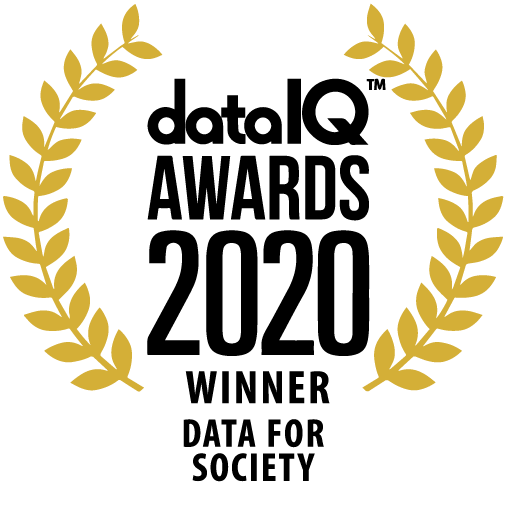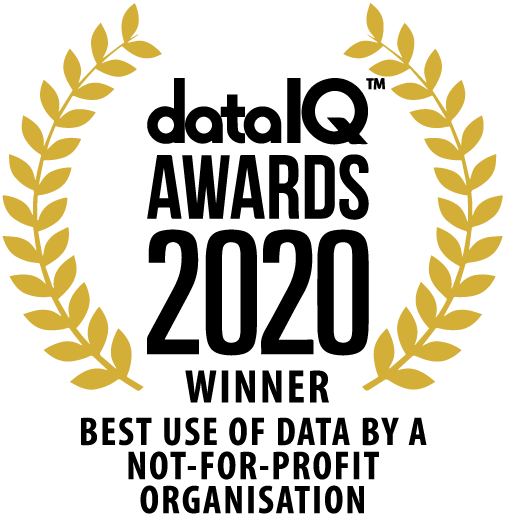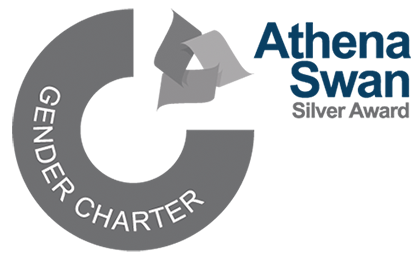Tech Report
Towards Cinematic Hypertext: a Theoretical and Empirical Investigation
Hypertext's non-linearity has critical implications for scholarly discourse and argumentation, where it is commonly considered important to control the reader's exposure to the line of reasoning in order to communicate complex ideas and maximise rhetorical impact. Hypertext's non-linearity has been seen to threaten authors' control over discourse order and the coherence of their argumentative discourse.
Existing hypertext paradigms offer different solutions to the problem of preserving user-defined navigation whilst maintaining coherence: page-based hypertext relies on the expressiveness of linear associative writing; semantic hypertext relies on the expressiveness of link taxonomies; spatial hypertext relies on the expressiveness of hypertext's visual features.
This research combines elements of these with new theoretical insights, to investigate a fourth paradigm referred to as Cinematic Hypertext. The problem of maintaining coherence is framed as the problem of representing and communicating discourse form in ways inspired by the mechanisms underpinning cinematographic languages for expressing coherently narrative relations.
Cinematic hypertext requires the consistent and concurrent use of the hypertext medium's formal features, grounded in structuring principles, in order to allow the emergence of a local language. For scholarly discourse, it is proposed that relational primitives based on Cognitive Coherence Relations (CCR) can be used as a structuring principle to define hypertext links, while the graphic features of the medium can be used to render these relational primitives. Relations between nodes are animated in principled ways as they are navigated, shaping discourse structure.
This dissertation articulates the theoretical basis for cinematic hypertext, proposes a prototype visual language to express a sub-set of CCR, provides experimental evidence that the visual results are meaningful, and specifies requirements for a cinematic hypertext environment.







